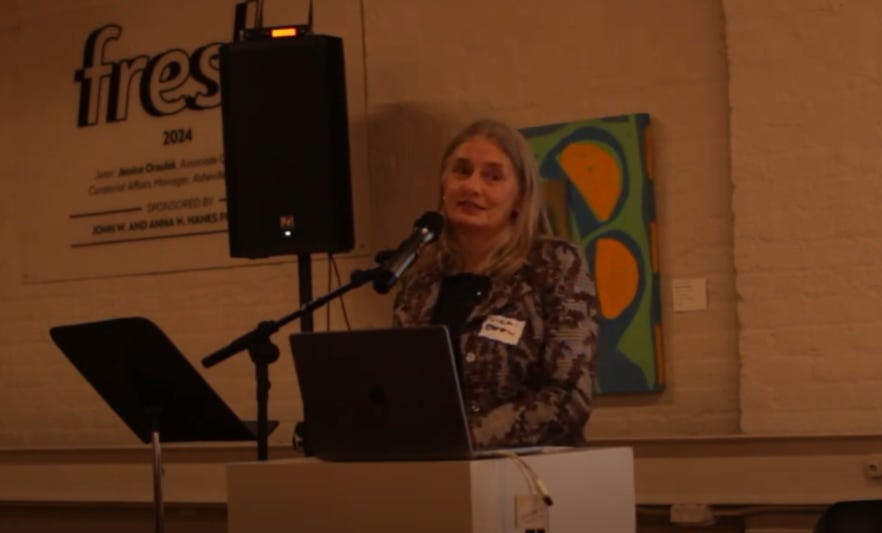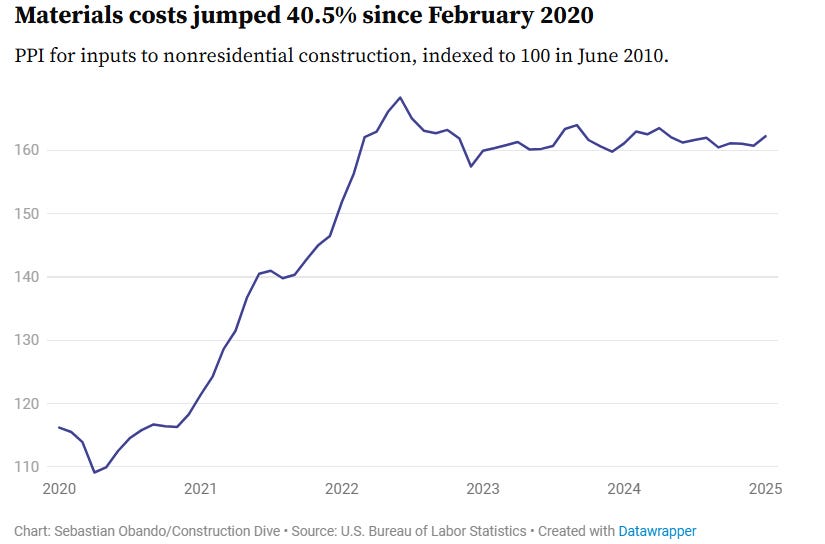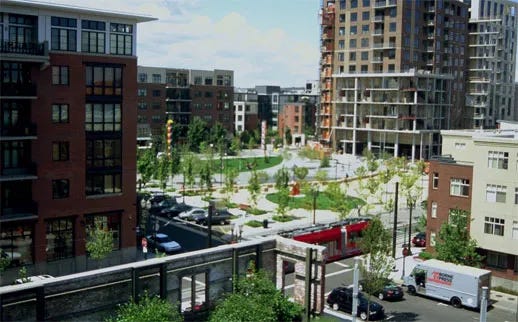
In December, WakeUp Wake County hosted a talk with Vicki Been, who laid out both the challenges and opportunities facing Raleigh as it tackles the affordable housing crisis.
Been is no stranger to complex urban issues. She’s the Faculty Director of NYU’s Furman Center for Real Estate and Urban Policy and served as New York City’s Deputy Mayor for Housing and Economic Development. Her core message: Raleigh has made impressive progress, but if it wants to meet demand and maintain affordability, it can’t stop here.
Affordable housing is a critical issue in the Triangle, where “about half of renters are paying more than that 30% amount and another 19% of homeowners are paying more than 30% of their income,” Been said. With median rents hovering around $1,825 a month, a household must earn at least $75,000 to avoid being rent-burdened. That’s increasingly out of reach for many working families.
Why There’s a Crisis
Been’s talk began by acknowledging what Raleigh is doing right. The region is building nearly three times more than New York City. But even that’s not enough.
“Rapid population growth and historical underbuilding left a backlog that new construction alone can’t fix,” she said regarding Raleigh’s housing.

In addition, construction costs have skyrocketed, up nearly 50% since 2019, creating an even heavier burden. While some of those figures related to construction costs may shift in response to material tariffs or policy changes, the long-term trend is still clear.
Community opposition further challenges our ability to address the shortfall. Even in cities like Raleigh that have reformed zoning to allow for more ‘missing middle’ housing, discretionary permitting, local resistance, and inconsistent standards can stall or shrink proposed developments.
Solutions Are Already in Use
Fortunately, Been pointed out, addressing the housing shortage isn’t uncharted territory. Cities and states across the U.S. are trying and refining a variety of tools, including right here in the Triangle. Many of these solutions work. Here are some of the most effective strategies Been highlighted in her talk:
Planning Requirements
States like Arizona and California now require local governments to assess their housing needs and publicly report on progress. Some even impose penalties for falling short.
Mandated Affordable Housing Shares
New Jersey, Massachusetts, and Connecticut all require 10% of a city or town’s housing stock to be income-restricted. While mandating affordable housing isn’t allowed in NC, incentives to build it are. Programs that allow increased density, lower fees or expedited approvals could encourage more income restricted affordable housing to be built by private development.
Zoning Reform for ADUs
Accessory Dwelling Units (ADUs) have become mainstream. In California, they make up over 20% of new permits. These small, flexible units provide lower-cost housing options in neighborhoods traditionally zoned for single-family homes. We’ve already seen this in action here thanks to the missing middle zoning reforms, check out our earlier look at the Raleigh data.

Transit-Oriented Development (TOD)
States like Maryland and Massachusetts promote or require higher-density housing near public transit. This reduces car dependency and connects residents to jobs and services. We also have transit districts in Raleigh, other Triangle cities could follow suite and adjust land-use expectations along with transit planning.
Allowing Gentle Density by Right
Several states now require that single-family lots allow duplexes, triplexes, or even small apartment buildings without requiring additional approvals. Maine, Oregon, and California lead the way here. We’re also getting here municipality by municipality.
Process Simplification
California now restricts cities from denying housing proposals unless there’s objective, health-and-safety-based reasoning. This shift limits local discretion and prioritizes clarity and fairness. While permitting things in our Triangle cities is easier than in Cali, there’s still improvements that could decrease the time, and money, it takes to get housing built.
Parking Reform
A growing number of jurisdictions are eliminating or capping parking minimums. Colorado, Florida, and New Hampshire all limit or prohibit excessive parking requirements that raise construction costs and reduce site flexibility. As we’ve written about, NC could be one of the first t do so statewide.
Unlocking Special Land Types
Some states have rezoned land owned by religious institutions or transit agencies to allow multifamily housing—especially if it includes affordable units.
In Raleigh, 3 of 8 of these solutions have been implemented, and the change is clear in housing starts and actual rents. Imagine what we could build if we achieved more or all of these solutions.
These Policies Work
In their research paper Supply Skepticism Revisited, Been and her research team took a closer look at the data to see if increased supply truly lowered rent. Here’s what they found:
More supply leads to slower rent growth—and often, lower rents.
Adding housing reduces displacement, even in vulnerable neighborhoods.
Lower-income residents benefit, especially when new supply includes below-market-rate units.
While no single strategy will solve the housing crisis, combining these approaches can meaningfully shift outcomes.
The Triangle Has Some Good Tools:
Let’s Use Them and Add More!
Raleigh isn’t starting from scratch. The region has already reformed zoning laws, encouraged gentle density, and opened the door to a wider mix of housing types. Now is the time to go further.
As Vicki Been put it, “We have a housing crisis. But we also have tools—and evidence shows they are working.”
Let’s keep building.
Kyaira Boughton is a visiting student from Duke Kunshan University, pursuing a dual degree in Computation and Design with a focus on Social Policy. With expertise in GIS, 3D modeling, and urban policy, Ky combines technical and social insights to effectively analyze and communicate complex urban design concepts.

